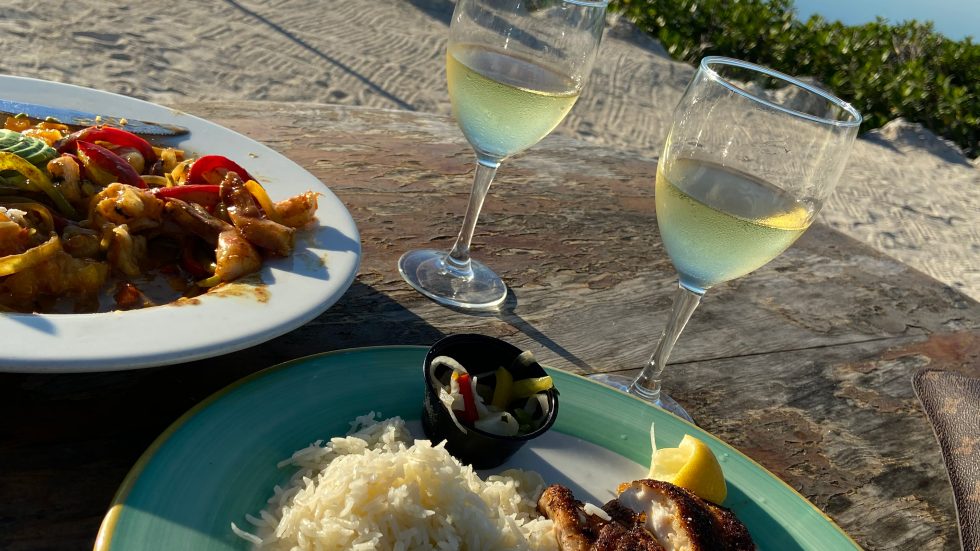It was the best of times, it was the worst of times….
In 2001, Minneapolis-based Genmar Holdings bought all the boat brands of Outboard Marine Corporation (OMC), catapulting it into the position of largest manufacturer of recreational powerboats in the country. Back then, it had a whopping 18 brands, 300 disparate boat models and nine factories around the U.S.
The oldest of the brands, Larson Boats, started in 1913 in Little Falls, Minn. Another popular brand, Glastron Boats, started in 1956 in Arlington, Texas. Both were among the most admired boat builders in America, having pioneered the manufacture of fiberglass models and the incorporation of modern features and amenities.
But when the recession descended and the Genmar Holdings empire devolved into bankruptcy in June 2009, it left a little flotsam and a whole lot of jetsam in its wake. As then-CEO of the company Irwin Jacobs admitted, it was a humbling experience.
The timeline jumps to early 2010, when a California company, Platinum Equity, submitted the winning $70 million bid for Champion, Four Winns, Glastron, Ranger, Scarab, Stratos, Triton and Wellcraft. (Hydrasports went to another company: Hydroboat LLC, which also owns Mastercraft).
Platinum formed Rec Boat Holdings to be the parent entity and hired noted marine executive Roch Lambert as president and CEO. Lambert had previously worked for Bombardier and was integral in engineering the turnaround of the properties it had purchased out of OMC’s bankruptcy.
Rec Boat Holdings first order of business? Consolidate manufacturing. “Reorganizing our production provided us with greater operational excellence and increased flexibility,” said Lambert. However, that proved no easy feat, considering it needed to accommodate construction of four brands and boats between 16 and 48 feet into one production facility.
Glastron’s entire line needed to be redesigned, as Genmar’s manufacturing consisted of that company’s proprietary Virtual Engineered Composites (VEC) technology. Jacobs et al had kept that technology out of the bankruptcy proceedings. Plus, Glaston’s profiles were “decidedly passé” and needed to look different from the competition.
Rec Boats hired a Swedish firm to redesign the entire Glastron line for the 2014 model year. The upshot is a sportier, more elegant look with design elements intended to appeal both to the older crowd as well as the younger up-and-comers.
The next aspect of the turnaround dealt with the dealer network. Obviously, the bankruptcy hurt credibility, and growing share in a shrinking market is never easy. “We are fortunate to have a broad market presence, including a very substantial Canadian market,” said Lambert, himself a French Canadian. “Overall, we enjoy a mature international distribution.
“Next, we will work on promoting our new Scarab jet boat line,” Lambert added. “We also need to rethink our cruiser products. Hopefully, our dealers will continue to like our program, where we stand at present and the direction we’re headed.”
The Marquis Larson Boat Group
During the bankruptcy proceedings, Jacobs and his partner managed to retain the Marquis, Carver, Larson, Triumph and Striper brands.
Larson was able to reorganize production more easily, as it didn’t have to “reinvent the molds.” Sixty percent of Larson’s boat lines still utilize the VEC construction method. That fact allows the brand to offer its customers lifetime warranties in addition to affording the company the reputation of having the “greenest” manufacturing facility in the industry.
To meet today’s economic realities of the small boat business, Larson also needed to consolidate production. It hired Rob Parmentier, former president of Sea Ray Boats, to be president and CEO of the new Marquis Larson Boat Group.
“Nine months ago, our company was completely different,” said Parmentier. “We brought the production of three different plants into one large facility. I knew that efficiency had to be our primary goal, but we realized other significant benefits from the consolidation, too. Our workers now have a much nicer, safer and healthier work environment.”
Parmentier’s team understood that many of his company’s designs hadn’t kept up with the times, either. So, he reached out to both the dealer network and current customers for their input on how to improve. “Those improvements caught the attention of many new dealers, who signed on so as to become part of the excitement. They also seem to enjoy our corporate transparency,” he said.
Consequently, Larson Boat Group sales rose almost 10 percent year-over-year through the 2013-2014 boat show period. Its dealer network now boasts in excess of 250 outlets. In addition, though Europe is suffering some difficulties politically and economically, Larson Boat Group enjoys a very solid and mature dealer network there.
“At Larson Boat Group, we build boats for and sell boats to our friends (the dealers) who in turn, sell boats to their friends (retail customers).”
Parmentier is rightly proud of his new team. “We have third and fourth generation builders working here!” It doesn’t get better than that.





